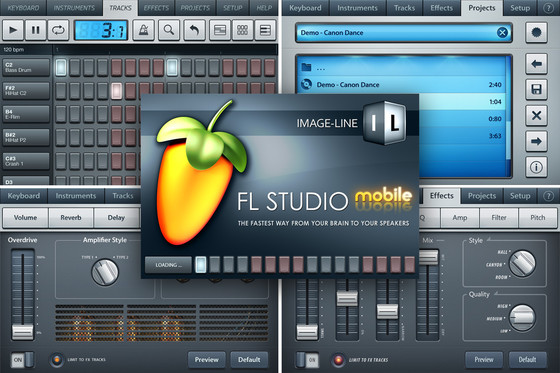

In most cases, you should be pleasantly surprised by how little the sound quality is affected.

In this situation, DP can do some nifty number‑crunching to either time‑compress or time‑stretch the new soundbite. In some instances, you may want to import a rhythmic loop into a sequence whose tempo cannot be changed - for instance, one which is already based around a loop at a different tempo. Looping the LoopĭP's powerful Change Tempo dialogue box, which permits time‑stretching of loops without changing pitch. The Repeat function works with most other types of data, too. This will automatically place a row of repeated soundbites back to back in the sequence. Another way is to select your soundbite by dragging the cross‑hair pointer over it, and choosing 'Repeat' from the Edit menu (or hold down Command/Apple and hit the 'R' key). You can specify start and end times for the loop, and the number of times the loop will be repeated. One way to get your soundbite to play repeatedly is to select it, then choose 'Set Loop' from the Change menu. If you leave the soundbite selected, and choose 'Adjust Sequence to Soundbite tempo' from the Audio menu, you'll find that your sequence and soundbite will now be in perfect rhythmic sync. If you know the answer, you just type it into the 'Length' text field, and DP will automatically calculate the soundbite's tempo, display it in the 'Tempo' box below, and show the resulting new 'End Time' for the soundbite. A dialogue box will enquire how many beats long your rhythmic loop is (if you're not sure, you can always go back and count). Fortunately, this is easily done.įirst select the soundbite in the Tracks or Graphic Editing window, then select 'Set Soundbite Tempo.' from the Audio menu. Once your rhythmic loop is in DP you'll probably want to figure out its tempo (even if the loop claims to already have been recorded at a specific tempo) so that DP's bars and beats counter will sync exactly to the loop. Stereo files or soundbites can't be placed in mono tracks (and vice versa), so if a file doesn't seem to want to 'go', check you're not asking the impossible of DP before tearing out too much hair!


However, if you do try to import an interleaved file, DP will make the format conversion for you. DP can't work with so‑called interleaved stereo files, preferring split stereo instead. If you then navigate to your audio loop file and open it, DP will add it to the list of soundbites, converting it automatically into a usable format and resaving it if necessary. Alternatively, you can open the Soundbites window, and select 'Add soundbite.' from the mini‑menu (screenshot above). It's also possible to drag a sound file directly from your Mac's desktop into DP's Tracks or Audio Graphic Editing windows. To start with, DP is able to import audio files in SoundDesigner II, AIFF and WAV formats, as well as others. Pulling Them InĬalculating the precise tempo of an audio loop in Digital Performer. If you're a MOTU user (and if you're reading this page, there's a good chance you are!), you'll be pleased to know that DP (MOTU's seemingly favoured abbreviation for Digital Performer) has a number of features that make working with loops relatively painless. They can serve as musician‑friendly 'click tracks' as you build up arrangements one pass at a time, or you can even use them as inspiration for your songs, provided you're careful about copyright. Not many home‑based musicians will even consider working with a sequencer these days unless it has some way of importing audio loops.
SOUNDHACK DOWNLOAD SOFTWARE
SOS's resident MOTU expert Robin Bigwood looks at ways of working with audio loops in Digital Performer, and hands out tips on using Propellerhead's Rewire to interface DP with software synths. Adding an audio file to your DP song as a Soundbite.


 0 kommentar(er)
0 kommentar(er)
